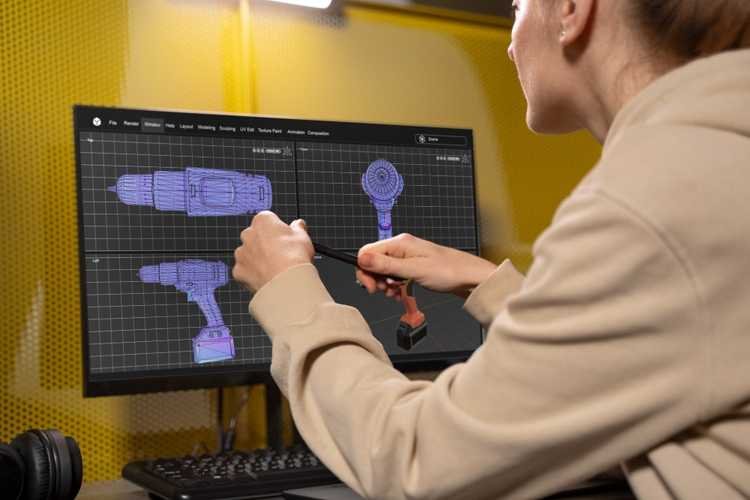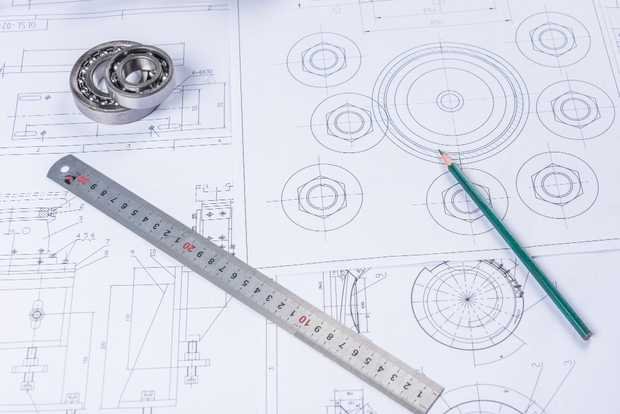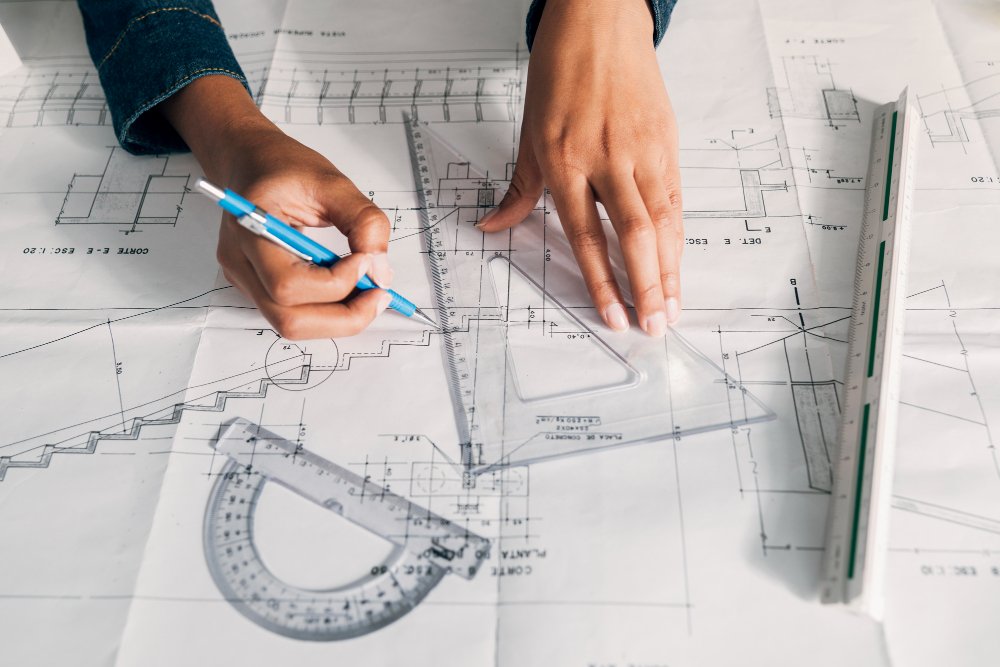The Evolution of CAD Software in Mechanical Design
Throughout the history of engineering, few developments have had as significant an impact as the emergence of Computer-Aided Design (CAD) software. Mechanical engineering, in particular, has witnessed a complete transformation with the advent of these advanced tools.
Early Beginnings
CAD technology originated in the 1960s, initially serving as a replacement for manual drafting. Early CAD programs were basic, providing only 2D sketching functionalities. They were predominantly used in the aerospace and automotive industries, where the complexity of designs necessitated a transition from traditional drafting methods.
The Leap to 3D Modeling
By the 1980s, CAD software took a giant leap forward with the introduction of 3D modeling capabilities. This transition allowed engineers to visualize their designs from different perspectives and conduct thorough analysis before any physical prototype was built. 3D modeling software, such as AutoCAD, quickly became the industry standard, revolutionizing the design process in mechanical engineering.
Introduction of Parametric and Associative Features
In the late 1990s and early 2000s, CAD software further evolved by incorporating parametric and associative features. These features enabled engineers to establish relationships between different parts of a design, ensuring that any changes made to one part would automatically reflect in the related parts. This innovation significantly increased design efficiency and accuracy, reducing errors, and streamlining the modification process.
The advent of Simulation and Analysis Tools
The most recent evolution in CAD software has been the integration of simulation and analysis tools. These tools, built into software like SolidWorks and Autodesk Inventor, allow engineers to predict the real-world performance of their designs. They can perform a range of analyses, from structural to thermal to fluid dynamics, helping to identify potential design flaws early in the process and minimize costly iterations.
The Present and Future of CAD in Mechanical Design
Today, CAD software has become an integral part of the mechanical design process, enabling engineers to create complex designs with relative ease, precision, and speed. As we look to the future, developments such as cloud-based CAD, virtual and augmented reality integration, and AI-powered design tools promise to further revolutionize the field.
In the realm of education, leading institutions like the Jodhpur Institute of Engineering and Technology (JIET) are taking proactive steps to prepare their students for these advancements. Through a robust curriculum that integrates the latest CAD tools and techniques, JIET is ensuring that its mechanical engineering students are equipped with the skills necessary to navigate the ever-evolving landscape of CAD software.
Conclusion
The evolution of CAD software in mechanical design has undeniably reshaped the field of mechanical engineering. As we continue to push the boundaries, CAD is expected to evolve further, becoming even more integral to the design process. It is vital for institutions like JIET Jodhpur to continue their commitment to staying abreast of these advancements, ensuring their students and professionals are at the forefront of mechanical design technology.



















